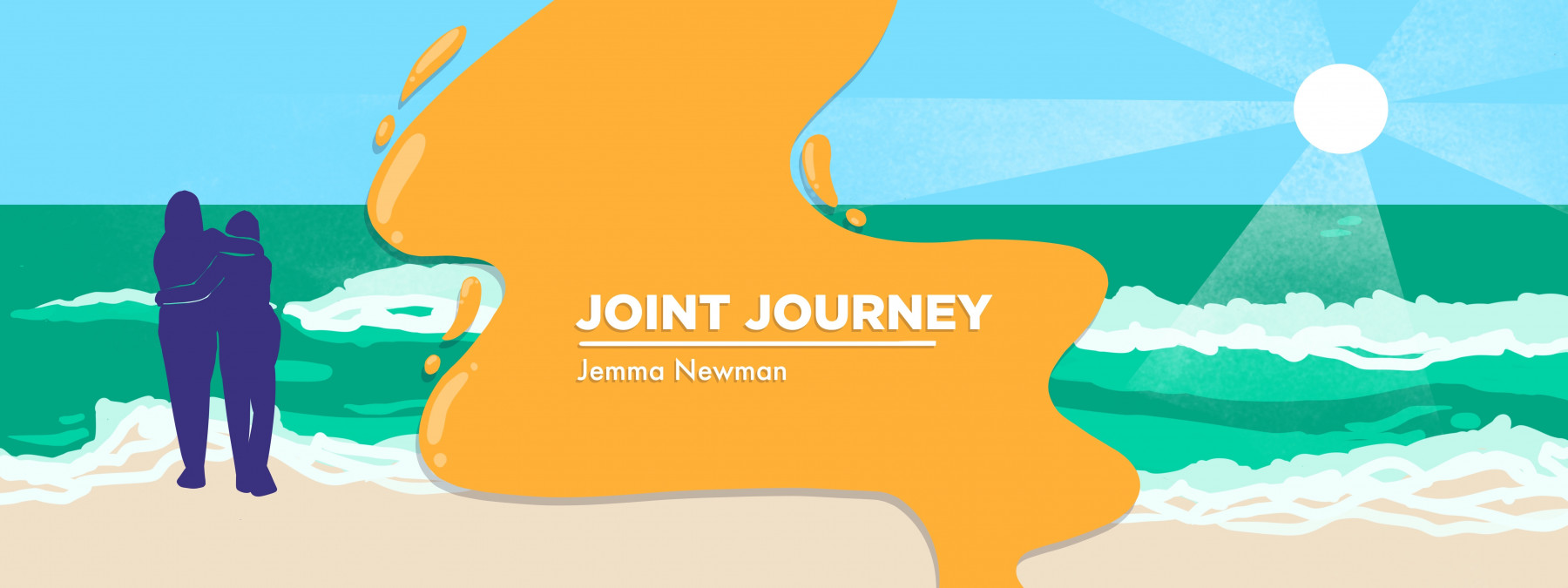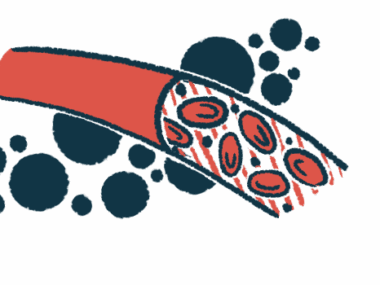Yes, ankylosing spondylitis is found in women, too
Older ideas that AS is primarily a 'man's disease' almost led to my misdiagnosis
Written by |

I sat nervously in the doctor’s chair, desperate to know what could be causing my nighttime back pain. I hadn’t yet been diagnosed with ankylosing spondylitis (AS), and all I knew then was that the maximum dose of over-the-counter anti-inflammatory medication couldn’t help me sleep past 2 a.m. every night.
If you have AS, you might have experienced something similar: that horrible, bone-deep burning in your spine, ribs, or sacroiliac joints that won’t let you drift off in the wee hours of the morning. Turning over in bed was excruciating, sitting up was an agonizingly slow process, and I was moving as stiffly as the Tin Man from “The Wizard of Oz” for the first hour every morning.
The day I went to the doctor’s office for help, I was armed with a simple piece of information about my family’s medical history. “My uncle has something called ankylosing spondylitis,” I explained to a general practitioner, my tongue faltering over the unfamiliar medical term. “I’m wondering if my ongoing back pain could be related to that.”
The doctor studied me with a kind expression warming her face as she delivered information that I now believe a recent study has proven incorrect. She said that AS primarily affects males, so it was unlikely I had the same disease as my uncle.
Nonetheless, I gathered up my nerve and asked for a blood test to check for HLA-B27, which is the gene marker indicating ankylosing spondylitis. Days later, my test came back positive for the gene. That started me on the path toward a diagnosis of spondyloarthritis, otherwise known as inflammatory arthritis of the spine. That can progress to spinal fusion, which is ankylosing spondylitis.
New data, new realizations
As a woman, I feel incredibly frustrated that I might have been misdiagnosed when my actual disease was ruining my life — just because I didn’t fit what now seem to be inaccurate criteria.
I’m pleased to see there’s been recent AS research data that, as the Spondylitis Association of America writes, “challenge the medical community’s long-held understanding that AS is more prevalent in men — a belief that has led some to mischaracterize the condition as a ‘man’s disease.'”
The Creaky Joints website, in the article “Men and Women May Face Equal Risk of Ankylosing Spondylitis, Despite Previous Research,” highlights a 2021 study in the journal Arthritis Care & Research, which suggests that AS occurs in men and women at a similar percentage.
AS diagnosis was already challenging
In a strange way, I’m relieved to hear about this latest research because it gives me hope that other women experiencing AS symptoms will get diagnosed more quickly and thus receive proper treatment.
Having spoken to, or chatted with online, probably hundreds of people with AS around the globe, I get the impression that many of us found it incredibly hard to get diagnosed.
My husband, Dave, who also has AS (which we didn’t know when we met!), wasn’t correctly diagnosed for over a decade. For years he shuffled among doctors, physiotherapists, massage therapists, and joint specialists while trying a cacophony of treatments, to no avail. His back, neck, and hip pain worsened steadily, so much that he couldn’t walk without a cane, when he finally saw a rheumatologist who helped him get a correct diagnosis.
There’s another person close to me who had extreme trouble getting diagnosed: my younger sister, Angie. Instead of the common AS sacroiliac issues, she was experiencing excruciating, debilitating pain in her peripheral joints, including wrists and feet. But as she shared in an interview with me, “The other problem is that AS can present differently for males and females, and I had mostly peripheral joint or enthesitis issues. Doctors were looking at my spine scans and telling me, ‘You can’t have AS.’ I was told I was imagining things, or I’m being a hypochondriac.”
Getting that AS diagnosis is crucial for getting medical and physical help to reduce our symptoms. Importantly, correct treatment can also slow or even halt the progression of the disease and give us our lives back. As a woman with AS, I’m so relieved that recent research is putting an end to misinformation that makes diagnosis all the more challenging.
Note: Ankylosing Spondylitis News is strictly a news and information website about the disease. It does not provide medical advice, diagnosis, or treatment. This content is not intended to be a substitute for professional medical advice, diagnosis, or treatment. Always seek the advice of your physician or other qualified health provider with any questions you may have regarding a medical condition. Never disregard professional medical advice or delay in seeking it because of something you have read on this website. The opinions expressed in this column are not those of Ankylosing Spondylitis News or its parent company, Bionews, and are intended to spark discussion about issues pertaining to ankylosing spondylitis.







Leave a comment
Fill in the required fields to post. Your email address will not be published.